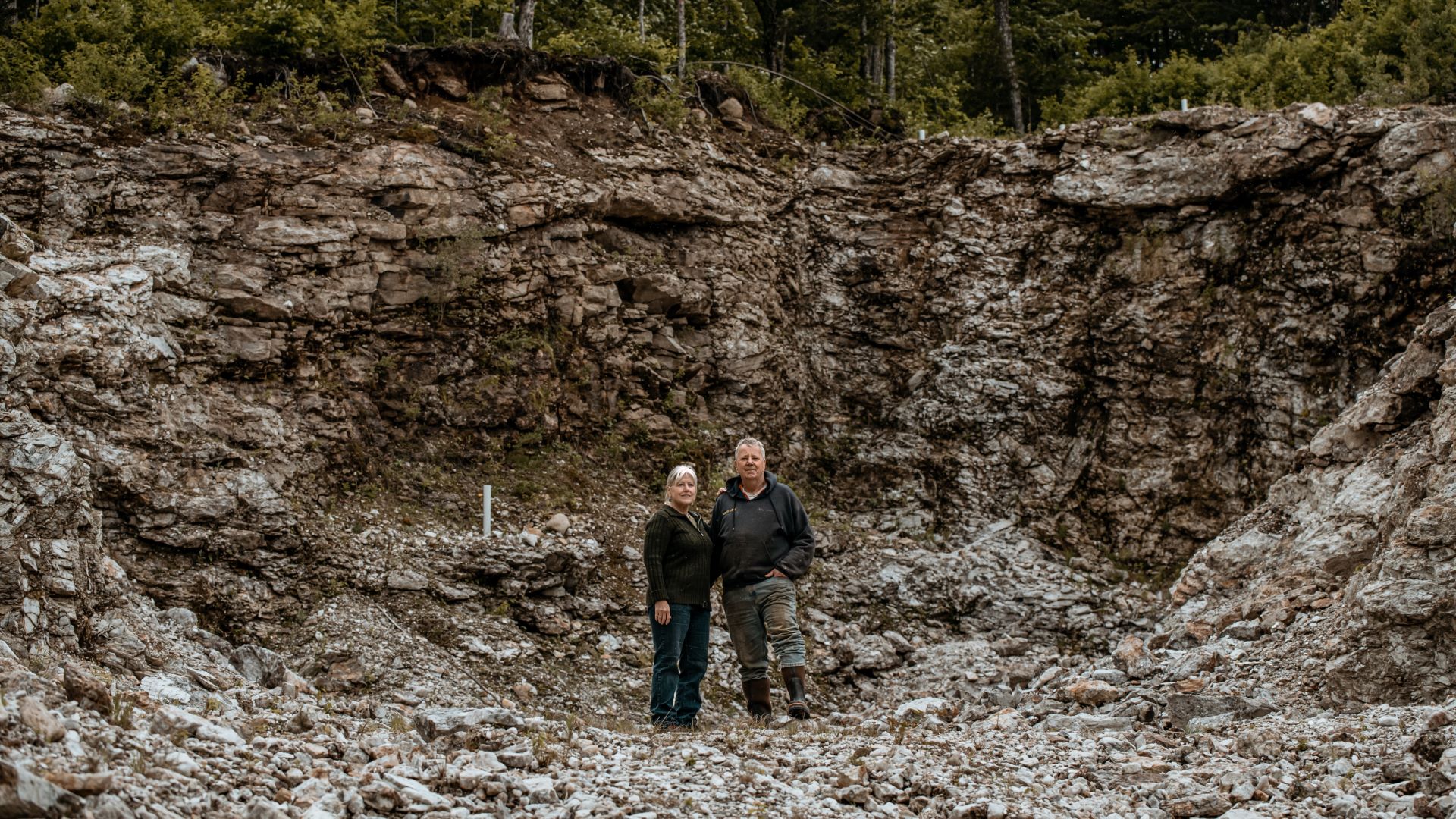State regulators unanimously approved final changes to Maine’s mining law on Thursday morning that will pave the way for a small-scale spodumene mining operation in the western Maine town of Newry.
Spodumene is a mineral that contains lithium, a highly sought-after metal used in everything from batteries to touch screens.
The discussion lasted less than 25 minutes, and capped months of work by staff at the Maine Department of Environmental Protection, who began crafting the rules late last year. The approval came after lawmakers and Gov. Janet Mills signed off on the changes in April.
The new rule will exempt the extraction of certain metallic minerals from the state’s stringent mining regulations as long as a mining operation can prove that getting them out won’t pollute the nearby land or water.
Developers will be allowed to mine up to five acres at a time (not including any area used for infrastructure or equipment) and will have to test for PFAS and comply with dark sky lighting requirements.
Mary Freeman, who owns the deposit in Newry along with her husband Gary, said in a call after the meeting that the couple planned to apply for the exemption but didn’t have a timeframe for when that would happen.
“It looks like the next step will be to gather a lot of data, and I’m not sure how long that will take,” said Freeman. “We’re not going to waste any time.”
Eliza Townsend, who directs conservation policy for the Appalachian Mountain Club, was the only member of the public to comment during the meeting, saying briefly that the group supports the additional requirements that were made by the legislature last session.
Members of the Maine Board of Environmental Protection, a group of citizens appointed by the governor to oversee the DEP, asked DEP staff for details on how and when an area would be considered reclaimed, but otherwise had few questions on the rules, which have come before the board repeatedly since last fall.
Mike Clark, who works as mining coordinator for the DEP, explained some of the benchmarks staff use to determine whether vegetation has sufficiently taken hold in an area over time.
“This would be a case where we would be actively inspecting it,” said Clark.
The rule changes have been the subject of heated debate since they were floated last year, with supporters arguing they take a science-based approach to mining for non-reactive minerals, and opponents worrying they will open the door to more mining in Maine, with potentially dire environmental consequences.
Freeman said Thursday she thought the five-acre open pit limit and additional testing requirements would prevent any large-scale developers from seriously pursuing mining in the state.
“The five-acre limit is significant,” said Freeman, “Anybody who’s serious who wants to mine for spodumene for manufacturing materials for lithium batteries down the road — that kind of thing probably won’t happen in Maine with this set of regulations.”







